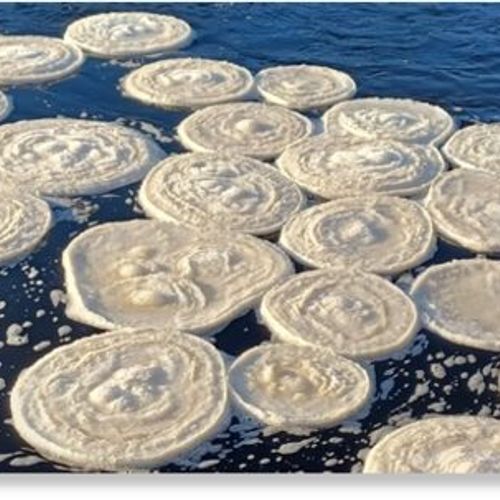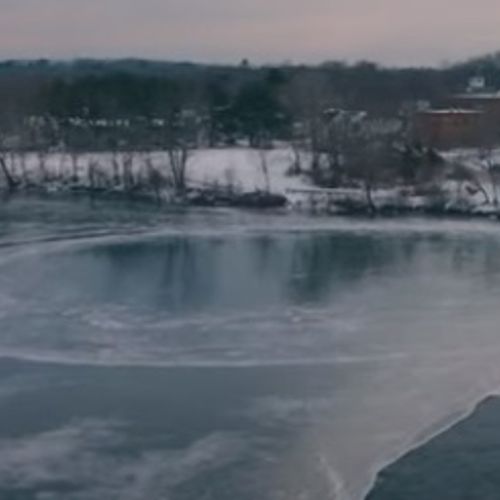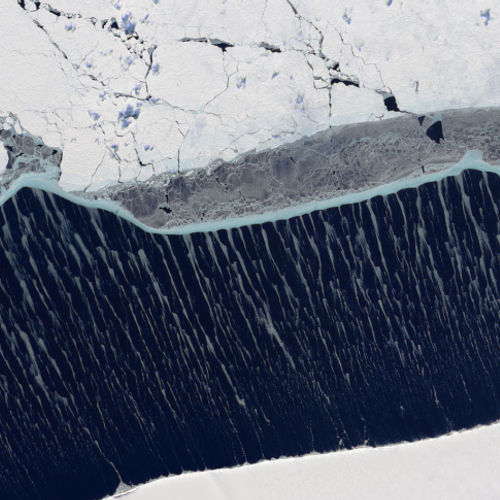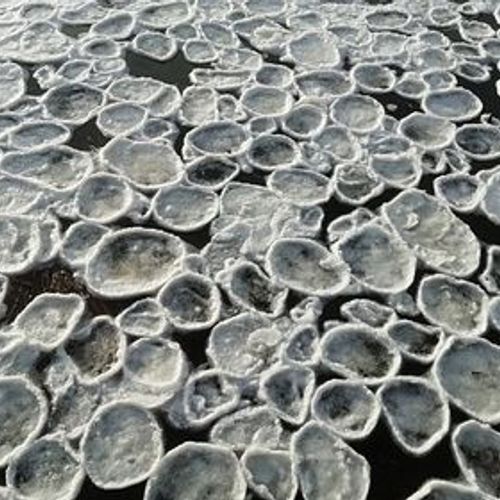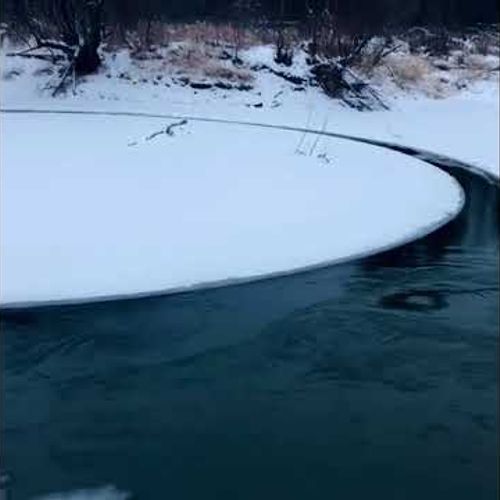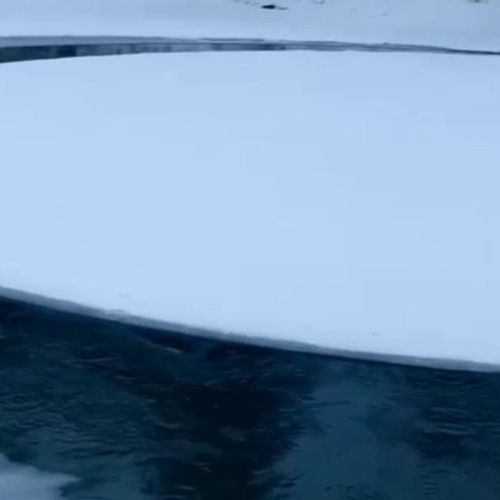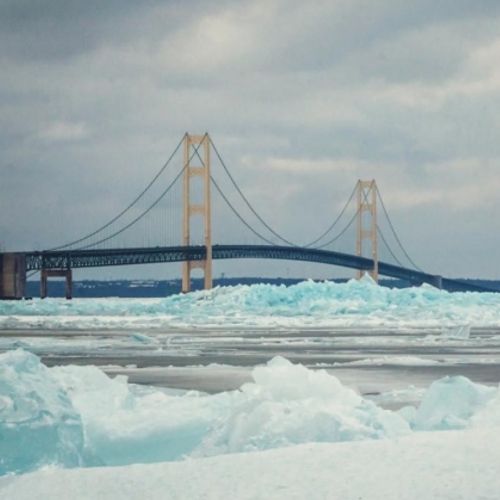
| Added | Sun, 04/03/2018 |
| Источники | |
| Дата публикации | Fri, 02/03/2018
|
| Версии |
In some areas of the Great lakes from the U.S. state of Michigan this winter, you can observe the unusual natural phenomenon of blue ice. This phenomenon is fairly common on the glaciers, but on such a large areas of freshwater lakes blue ice rare sight.
Pictures blue ice was taken by the local photographer tori Burley in the area of the Straits of Mackinac, which connects two water bodies within the Great lakes Huron and Michigan, according to the portal Mashable.
In fact, ice does not become blue. Unusual color is just the result of refraction of sunlight in this particular ice floe, says Ted Scambos, researcher at the National data centre for snow and ice (USA).
Sometimes weather conditions (e.g., no strong winds) allow water to freeze slowly and evenly. The result is ice composed of large crystals, unlike snow, which forms rapidly and consists of small crystals.
Sunlight falling on such large ice crystals can penetrate deep into the structure of the ice (unlike the snow where the light is reflected by the first face of small ice crystals and adds a dazzling white color of the snow). When a beam of light penetrates deep into the ice slowly formed, part of the red light (this color corresponds to the longest waves of visible light) is absorbed by the ice structure. Blue color, which correspond to the shortest waves of visible light, goes back and is captured by the human eye. Thus, the unusual blue shade of the ice on the Great lakes gives the nature itself, explain the experts.
However, notes Ted Scambos, it's not quite the full story. The blue hue of the ice can happen only if it will consist of relatively clean water, light chemical substances. Only in this case the blue light will be freely displayed and become so bright and dominant.
"It's a tribute to how clean the upper layers of water in lake Michigan. At least in certain areas of lake Michigan," notes Ted Scambos.
Translated by «Yandex.Translator»
Translated by «Yandex.Translator»
Новости со схожими версиями
Log in or register to post comments

